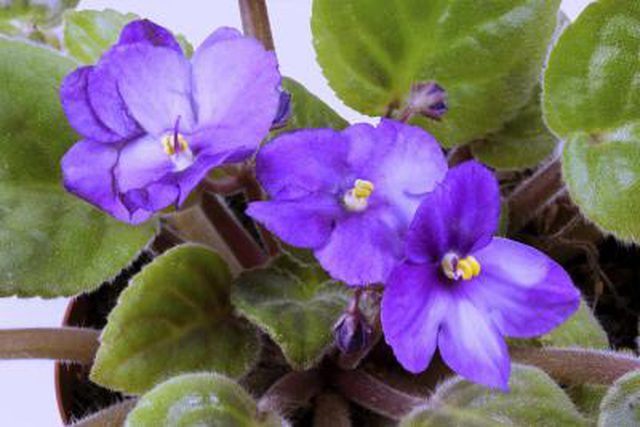Bulbs
Flower Basics
Flower Beds & Specialty Gardens
Flower Garden
Garden Furniture
Garden Gnomes
Garden Seeds
Garden Sheds
Garden Statues
Garden Tools & Supplies
Gardening Basics
Green & Organic
Groundcovers & Vines
Growing Annuals
Growing Basil
Growing Beans
Growing Berries
Growing Blueberries
Growing Cactus
Growing Corn
Growing Cotton
Growing Edibles
Growing Flowers
Growing Garlic
Growing Grapes
Growing Grass
Growing Herbs
Growing Jasmine
Growing Mint
Growing Mushrooms
Orchids
Growing Peanuts
Growing Perennials
Growing Plants
Growing Rosemary
Growing Roses
Growing Strawberries
Growing Sunflowers
Growing Thyme
Growing Tomatoes
Growing Tulips
Growing Vegetables
Herb Basics
Herb Garden
Indoor Growing
Landscaping Basics
Landscaping Patios
Landscaping Plants
Landscaping Shrubs
Landscaping Trees
Landscaping Walks & Pathways
Lawn Basics
Lawn Maintenance
Lawn Mowers
Lawn Ornaments
Lawn Planting
Lawn Tools
Outdoor Growing
Overall Landscape Planning
Pests, Weeds & Problems
Plant Basics
Rock Garden
Rose Garden
Shrubs
Soil
Specialty Gardens
Trees
Vegetable Garden
Yard Maintenance
How to Kill Aphids on African Violets
How to Kill Aphids on African Violets. Hailing from Tanzania in East Africa, the aptly-named African violet (Saintpaulia spp.) has been grown a houseplant for generations, although it potentially grows outdoors in U.S. Department of Agriculture plant hardiness zone 11. This dainty-looking beauty has deep green, symmetrical leaves and colorful...

Hailing from Tanzania in East Africa, the aptly-named African violet (Saintpaulia spp.) has been grown a houseplant for generations, although it potentially grows outdoors in U.S. Department of Agriculture plant hardiness zone 11. This dainty-looking beauty has deep green, symmetrical leaves and colorful flowers that bloom nearly year-round on healthy plants. An African violet may attract many sucking insect pests, including aphids, which can affect its health. Get rid of these pests to keep your plant blooming and looking its best.
Use Nonchemical Control Methods
Washing aphids off African violets is one of the simplest ways to kill aphids, although the plant's leaves may end up with spots. Make a soap solution by mixing 2 teaspoons mild liquid dish soap into 1 gallon of warm water. Use a soft cloth or soft-bristle brush to gently wash the tops and undersides of leaves. Wash your plant whenever aphids reappear. Don't use dishwasher or laundry detergent because they may damage the African violet's leaves. Pinching off infested leaves can help control small aphid populations. Placing the African violet in a sink or tub and hosing it down with a strong stream of water rinses the pests off your plant and down the drain. Or, if you only have a few aphids, dip a cotton ball in isopropyl alcohol and wipe the bugs off the plant.
Spray Houseplants Indoors
Insecticidal soaps kill off aphids and are safe to use inside your home. Carefully read and follow your specific product's instructions and safety precautions because directions will vary. A ready-to-use formula simplifies things. Spray to thoroughly cover the leaves and stems, including the undersides of leaves. To work, the spray needs to smother the aphids. Repeat treatment every four to seven days until you spot no more aphids on your African violet. Insecticidal soaps sometimes burn plant leaves, so test the solution on a small section of an inconspicuous leaf and check for damage about 48 hours later. Treat your entire plant if the test spot wasn't damaged. If you're worried, rinse the African violet two hours after treatment to remove the insecticidal soap residue.
Treat Plants Outdoors
If you live in a warm enough climate to grow African violets outdoors, or if the weather is warm enough to bring houseplants outside, Upper Pinellas African Violet Society recommends treating plants with a malathion solution containing 2 teaspoons of product, 1 gallon of water and several drops of mild dish soap. Use a small hand sprayer or spray bottle to completely cover the foliage, including the tops and undersides of leaves. Spray African violets every seven to 10 days until the aphids are gone. Let the spray dry completely before you bring the plant back inside. Malathion is toxic to honeybees, so spray your African violets in the early morning or around dusk when bees aren't actively pollinating.
Safety First
Insecticidal soap solutions and chemical pesticides can cause skin and eye irritation on contact. Protect yourself from exposure by wearing long sleeves, pants, shoes with socks, waterproof gloves, goggles and a face mask. Early pest detection and control is crucial to keep aphids from injuring an African violet. If possible, isolate any new plants for two to three weeks before placing them among your established houseplants.